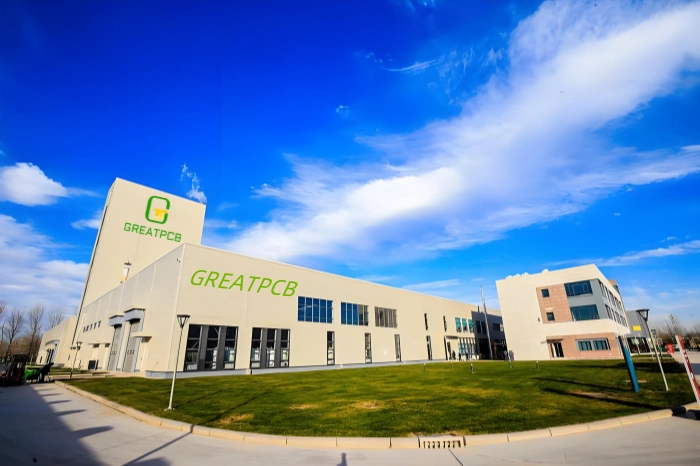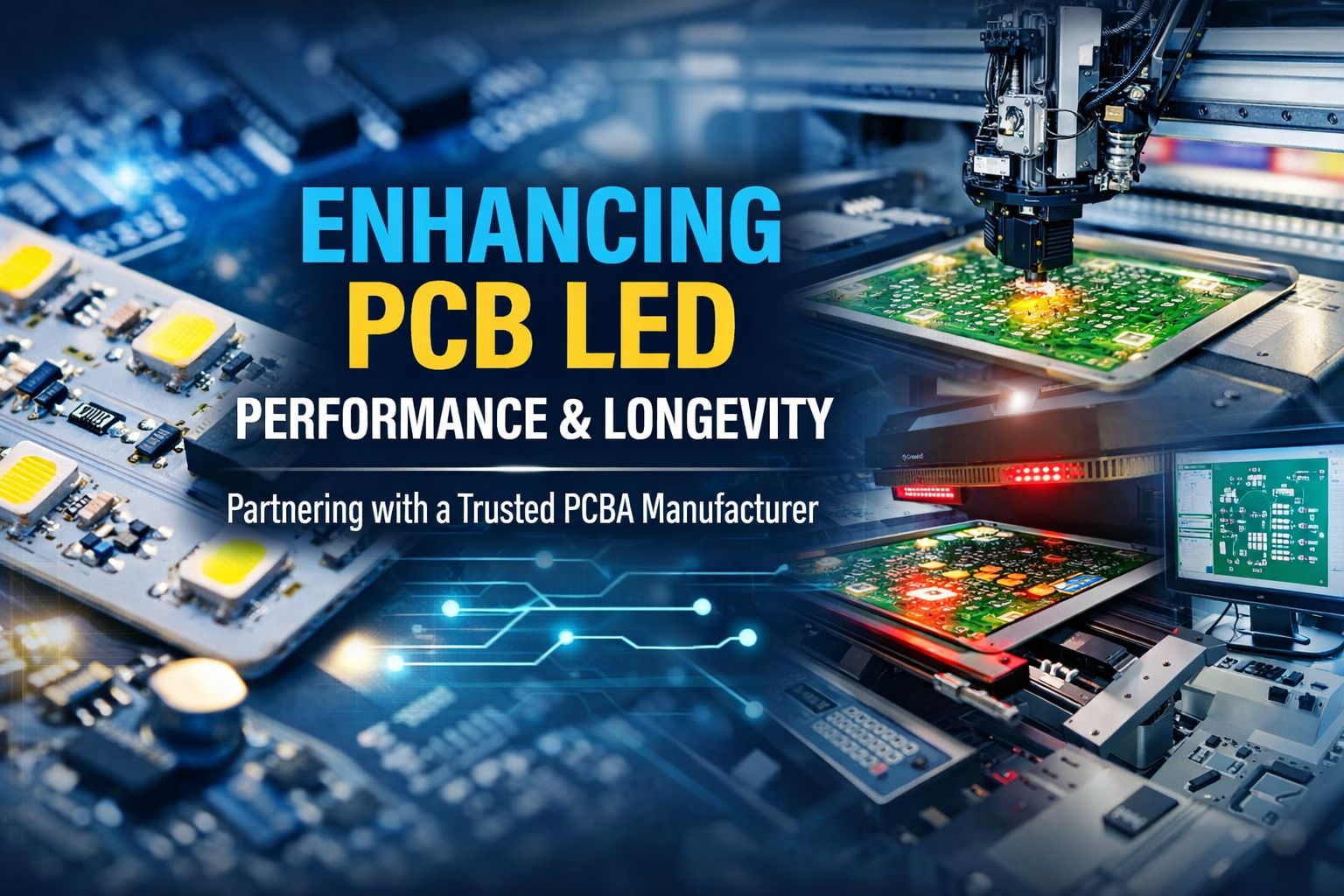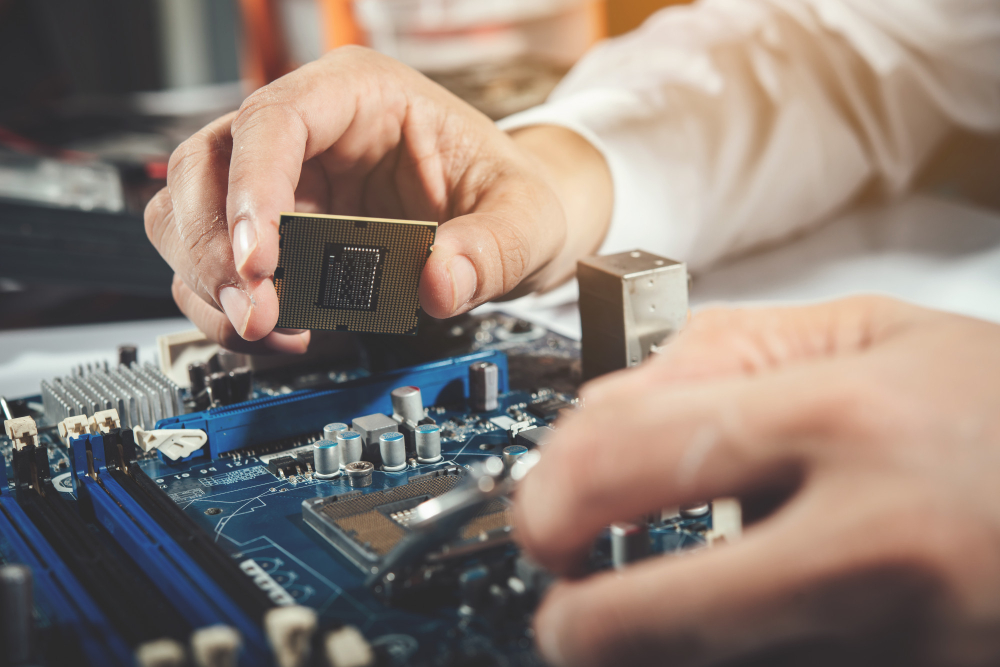Automotive PCB Manufacturing and Assembly
We provide comprehensive support for PCB manufacturing and assembly in the automotive and intelligent vehicle sectors, leveraging our extensive experience to ensure efficient and high-quality delivery

Automotive PCB Capabilities

Automotive PCB Materials

Automotive PCB Applications

Automotive PCB Design
Automotive PCBA Manufacturers
A conventional vehicle typically contains over 200 electronic control units, with even more in electric vehicles. With 16 years of experience in automotive PCB manufacturing and assembly, Greatpcb deeply understands the stringent quality and environmental temperature requirements of the automotive industry. We offer a wide range of materials and composites to meet these demanding standards. Currently, we are certified under IATF 16949 and ISO 9001, ensuring that we provide high-quality PCB manufacturing and assembly services.

Differences Between Automotive PCB Boards and Standard PCB Boards
| Differences between Automotive PCBs and Regular PCBs | Automotive PCBs | Regular PCBs |
|---|---|---|
| Material Selection | Use higher-grade materials such as FR-4 HTG or polyimide with better temperature resistance. | Typically made from FR-4 fiberglass material. |
| Process Requirements | Must withstand harsher working environments and vibration shocks, ensuring circuit stability and reliability. Must meet higher fire safety and corrosion resistance standards. | Relatively simple processes with standard green ink and white ink, leaded or lead-free, with no special requirements. |
| Environmental Adaptability | Must adapt to more complex automotive working conditions, such as high and low temperatures, humidity, and vibrations. Requires better high-temperature, humidity, and vibration resistance. | Mainly used in general electronics with relatively low environmental requirements. |
| Reliability | Requires higher reliability due to its critical role in automotive electronic systems. Must endure long operating times and harsh environments, featuring better aging, corrosion, and interference resistance. Needs to pass strict reliability tests to ensure stability under extreme conditions. | No special environmental requirements, but should be cautious against oxidation. |
Different Reliability Requirements for PCBs in Various Automotive Locations
Automobiles belong to the category of high-reliability products, which necessitates that automotive PCBs undergo multiple reliability tests in addition to standard requirements such as dimensions, mechanical properties, and electrical performance.
















